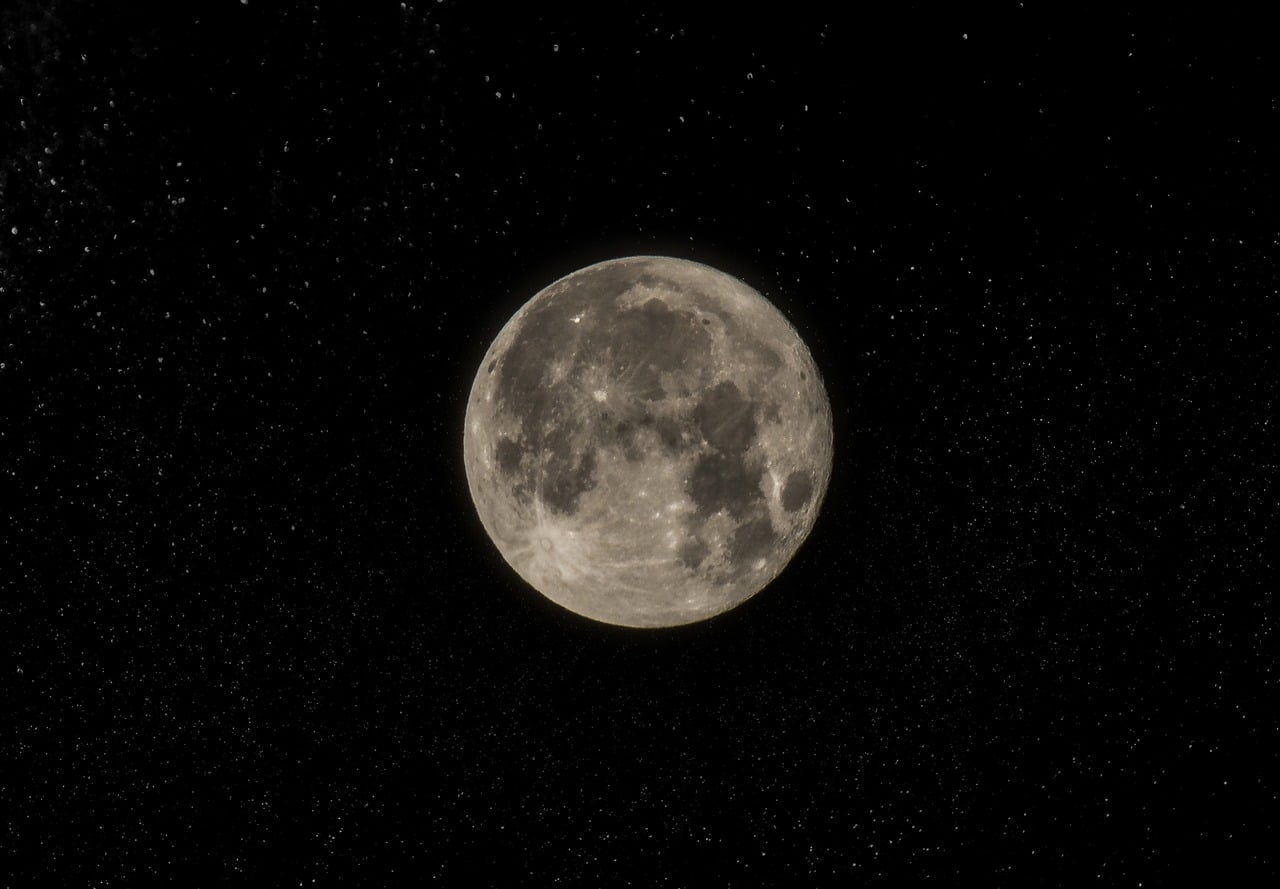July’s full moon, also known as a Thunder Moon, will glow bright in the night sky on Tuesday, July 16. Everyone interested in this month’s full moon will be able to view it as it shines bright in the night sky.
While we all enjoy a bright full moon, it does tend to wash away the brightness of the stars and other objects that appear in the sky, also making it hard to watch meteor showers. For July’s full moon, onlookers will also be able to see Saturn and Jupiter, two gas giants in the solar system, as they orbit just to the right of the moon and will be visible for most of the night, according to AccuWeather.com. Stargazers can get their mid-range telescopes and binoculars out of the attic and enjoy the planets that accompany the full moon.
July’s full moon is called the Thunder Moon, and according to the Old Farmer’s Almanac website, it got its name because July is the month most often known for frequent thunderstorms that occur during the summer.
July’s full moon is also often called the Buck Moon, because new antlers begin to grow out on bucks’ heads at this time of year. This full moon is also known by other names like Ripe Corn Moon, Hay Moon and the Old Moon, depending on the culture.
While there are no other celestial events to take place as July’s full moon makes its appearance in the sky, it’s worth mentioning that this month will also boast a partial lunar eclipse for a good part of the globe. What makes it different compared to a total lunar eclipse is that only a portion of the moon will pass through Earth’s inner shadow (umbra) so only a part of the moon will go dark while the rest remains bright.
However, North America will be the only area on the globe that won’t be able to see the partial lunar eclipse. The next visible lunar eclipse won’t come anytime soon, but those patient astronomy enthusiasts can expect the next lunar eclipse to take place on the night of July 4 into July 5, 2020. So, fireworks won’t be the only exciting thing to appear in the night sky next year.
In two weeks, we’re going to witness another astronomy event, called the Black Moon. As opposing to the phenomenon of the Blue Moon, which marks the second full moon in the same month, the Black Moon refers to the second new moon that takes place in the same month.
Unlike the Blue Moon, the Black Moon won’t be visible because the part of the moon that will be illuminated by the sun during the new moon phase will be facing away from Earth, so we won’t be able to see it.





